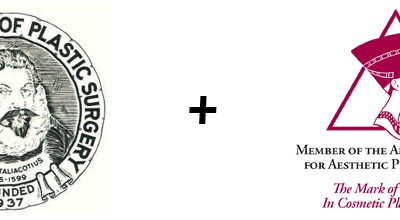
Tuberous Breast Deformity
What Are the Characteristics of Tuberous Breasts?
Tuberous breasts are the result of some change in breast development. The definition and characteristic appearance of a tuberous breast generally includes the following features related to the underdevelopment:
– A contracted/deficient skin envelope
– A constricted breast base (the size the breast occupies on the chest wall)
– A reduced volume/amount of breast tissue
– Abnormal elevation of the inframammary fold
– Wide spacing between the breasts
– An enlarged areolar size compared to the breast size
– Pseudoherniation of breast tissue into the areola (puffy areola)
– Although the shape of a tuberous breast can vary significantly based upon the type, the moderate to severe forms tend to have a more pointed or cylindrical (sometimes described as a torpedo) shape.
The etiology of tuberous breast deformity is not known. Tuberous breast deformity can involve one or both breasts, and the involvement may not be symmetric. The condition can affect some women’s ability to breast feed.
Tuberous Breast Classification
There are four classifications of the tuberous breast:
Type I – underdevelopment (hypoplasia) of the lower medial quadrant
Type II – underdevelopment of the lower medial and the lower lateral quadrants, but with sufficient skin in the region below the areola.
Type III – underdevelopment of the lower medial and the lower lateral quadrants, but with a deficiency of skin in the region below the areola. (This is similar to Type II but with less skin below the areola, and a tight inframammary fold)
Type IV – Severe breast constriction, with a very minimal breast base.
Surgical Management of Tuberous Breast Deformity
more to come
NEXT TOPIC: Breast Augmentation Revision
Why is a board certified plastic surgeon important for my breast augmentation?
I recently saw a woman in consultation for a failed saline breast implant. She had her breast augmentation performed seven years earlier by a surgeon who advertises like a plastic surgeon, but is not board certified in plastic surgery. And as far as I am aware, has...
Do I need to change my breast implants after 10 years?
During breast augmentation consultations women frequently make a comment, or ask a question, about having to change their breast implants every 10 years. The comment or question is usually worded in such a way that they have the understanding that breast implants need...

